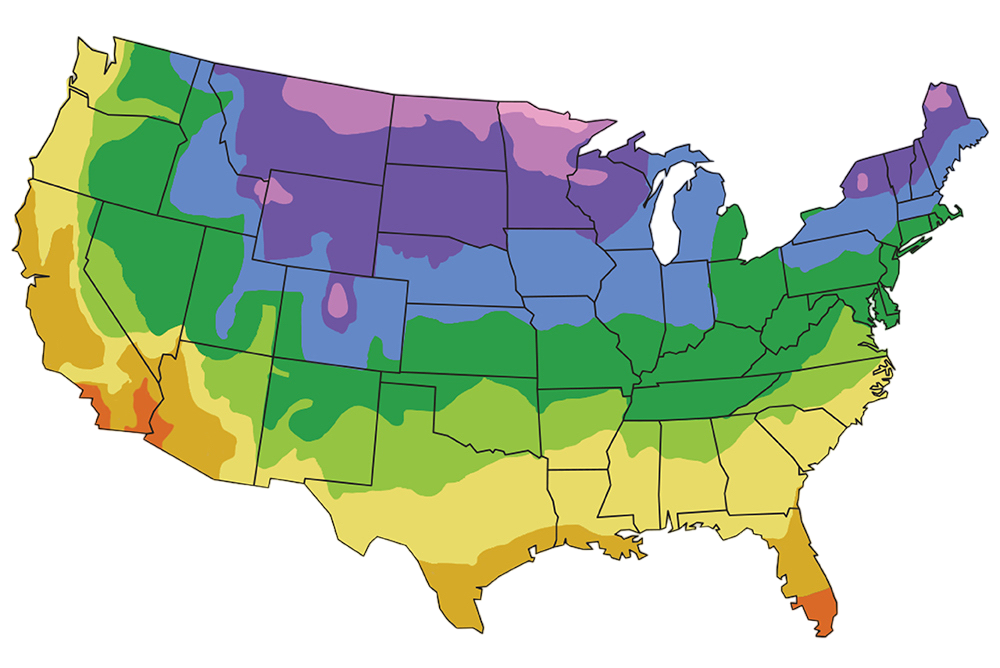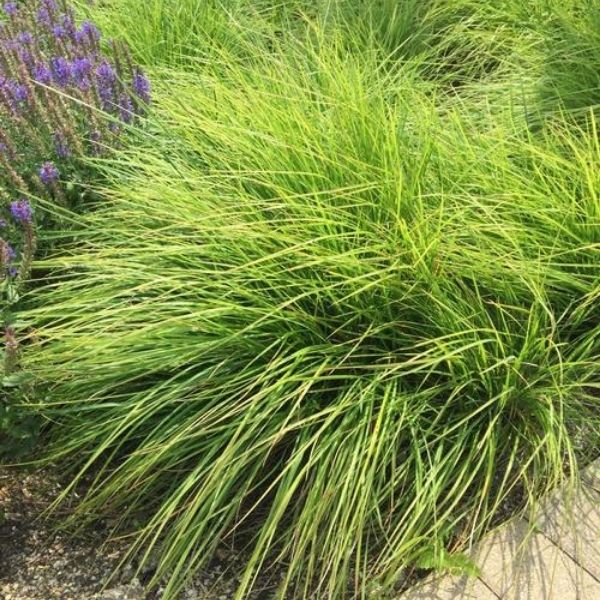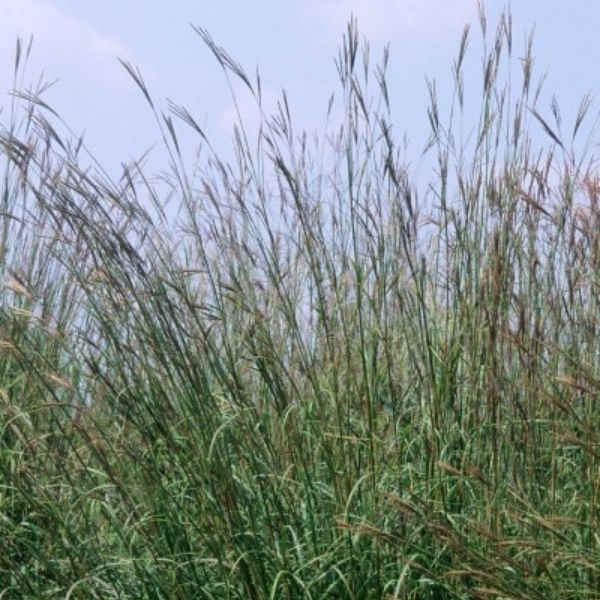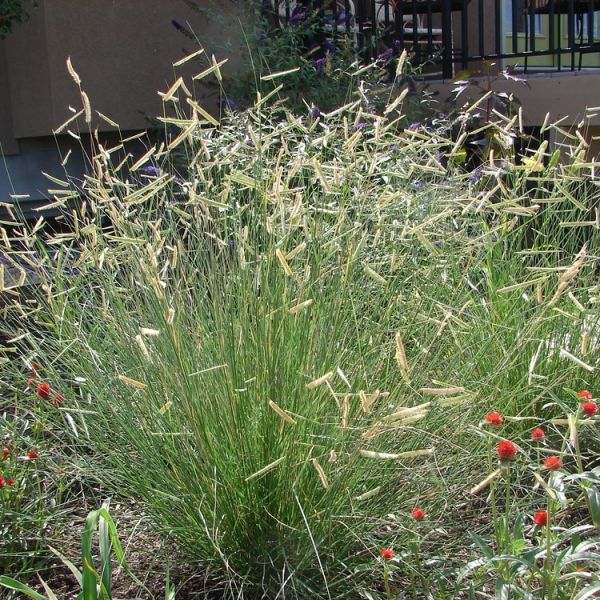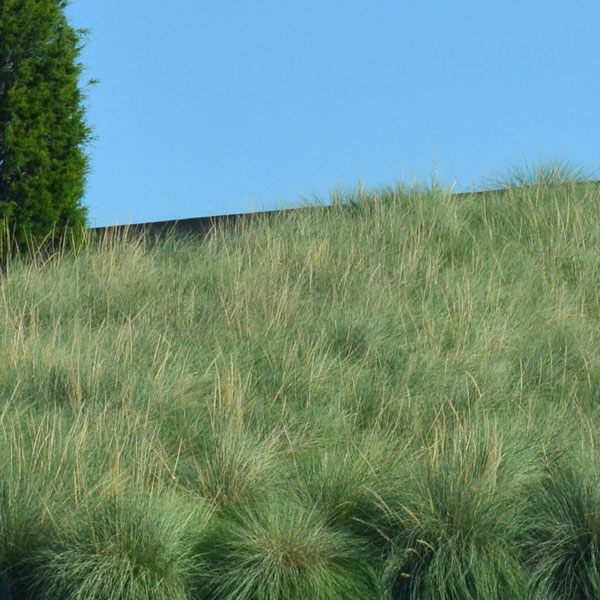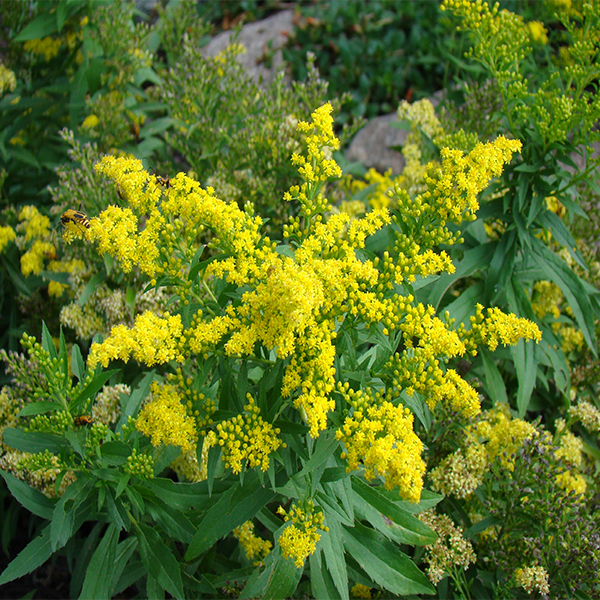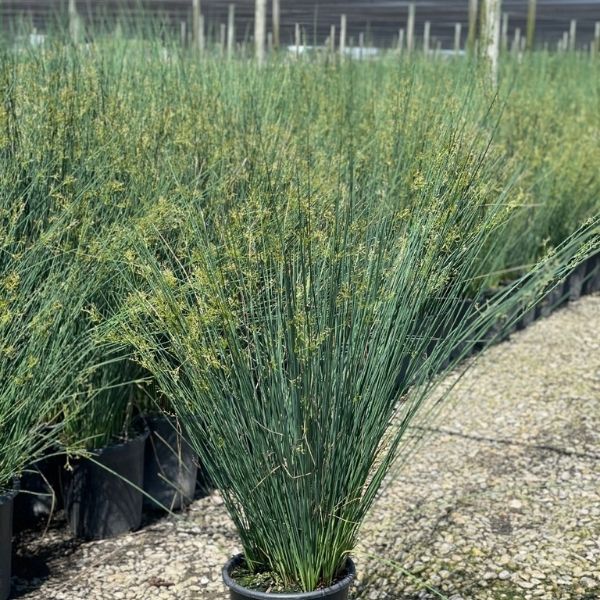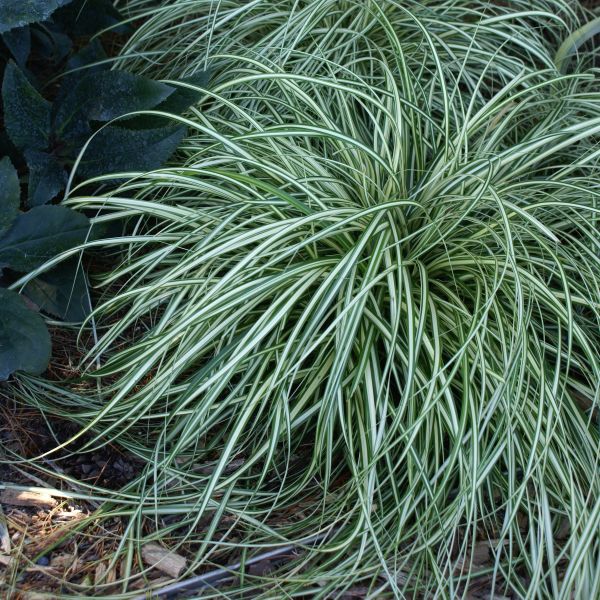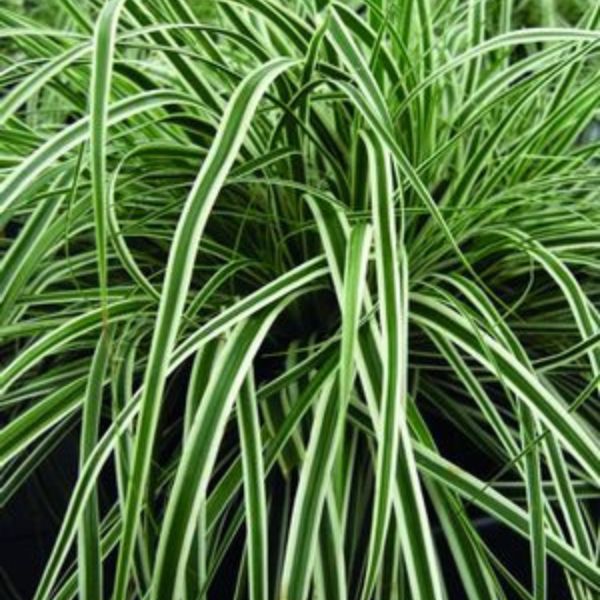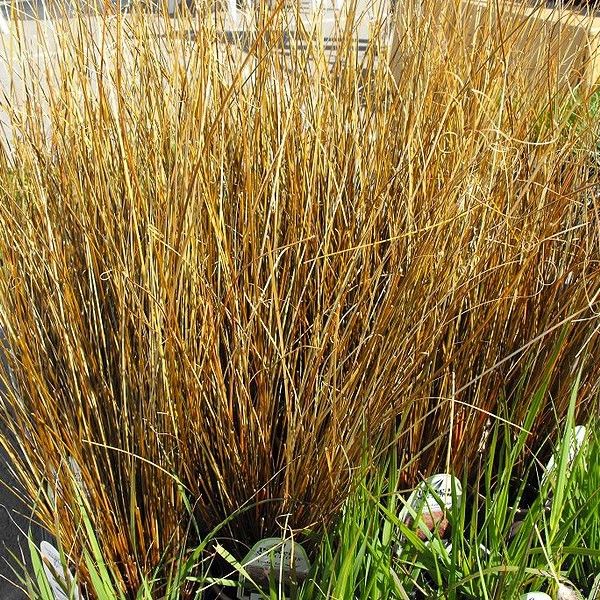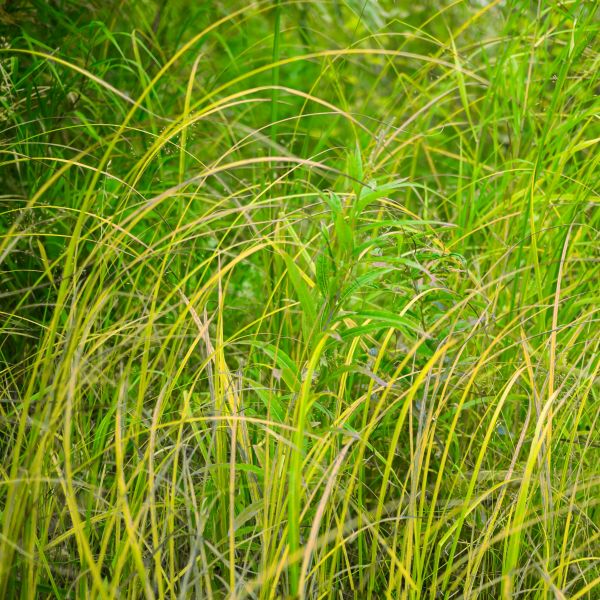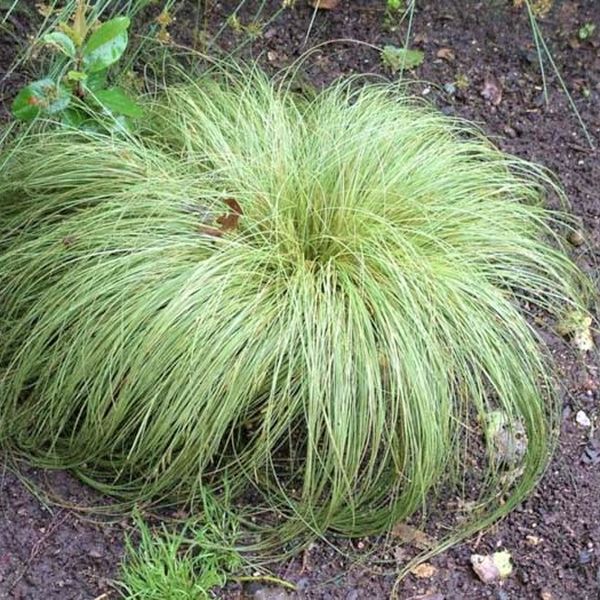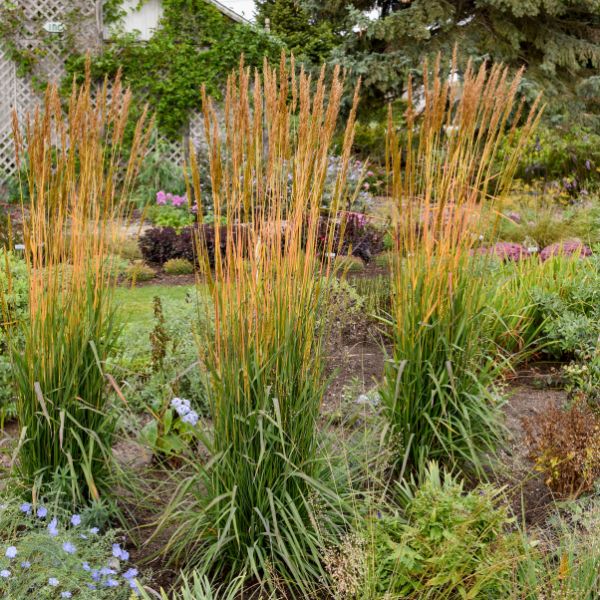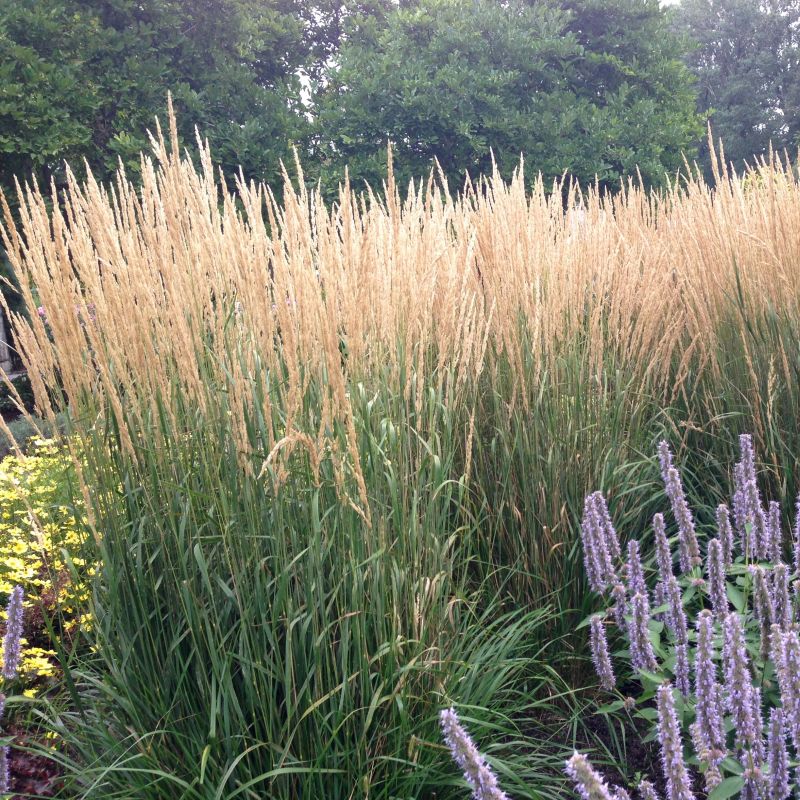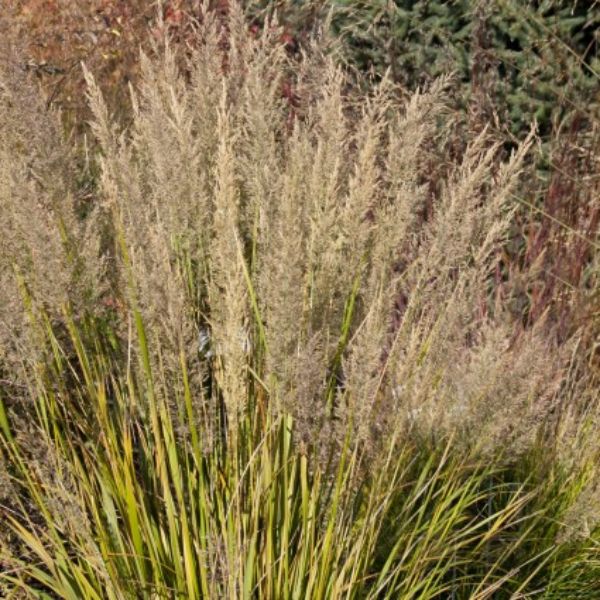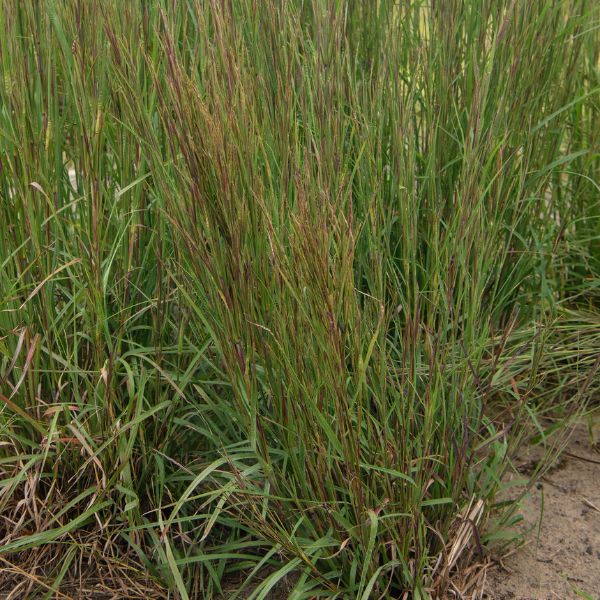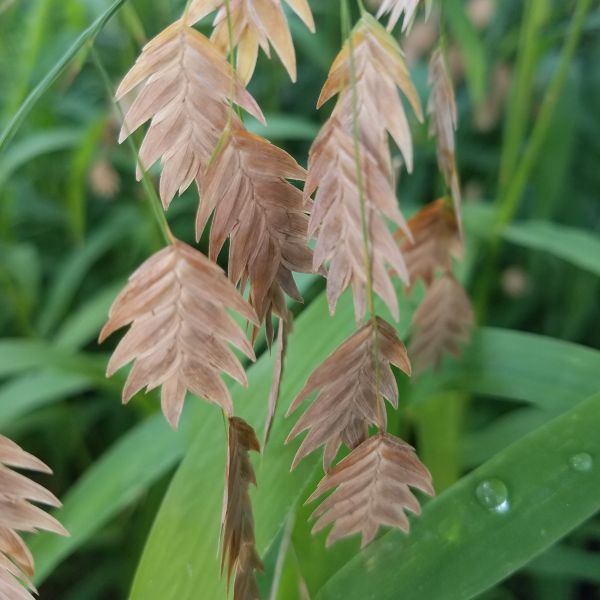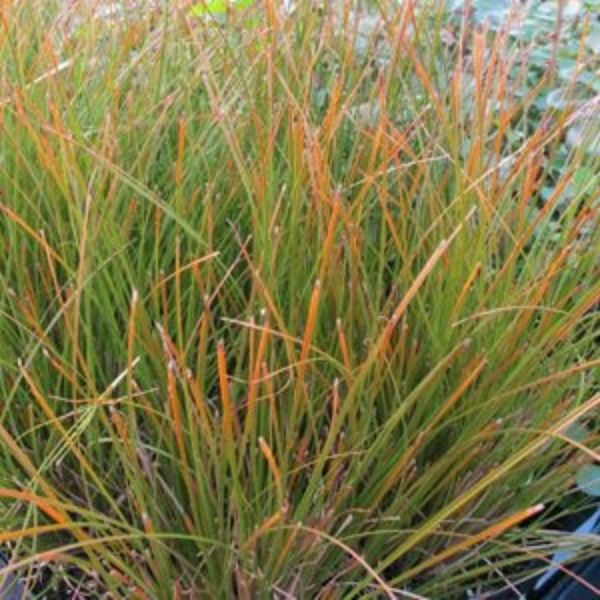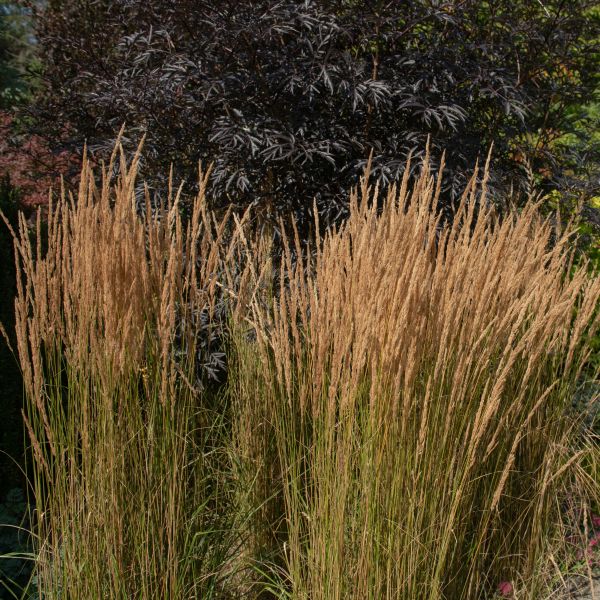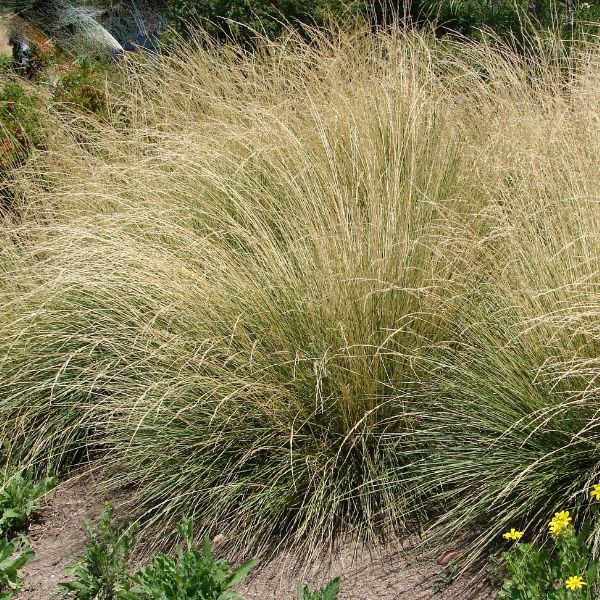
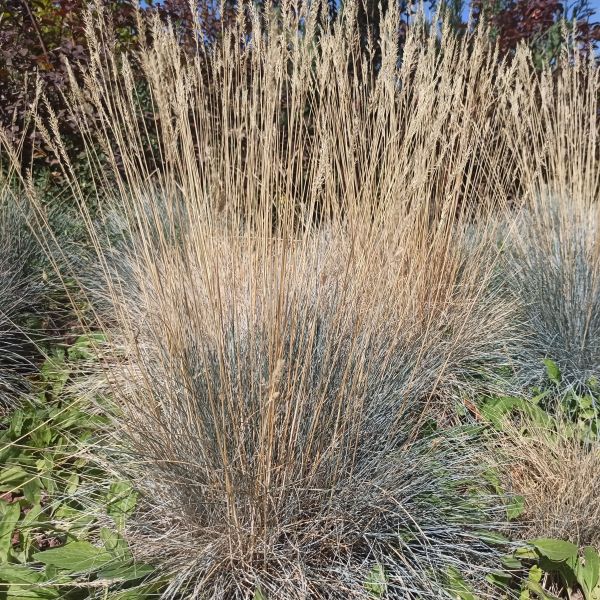
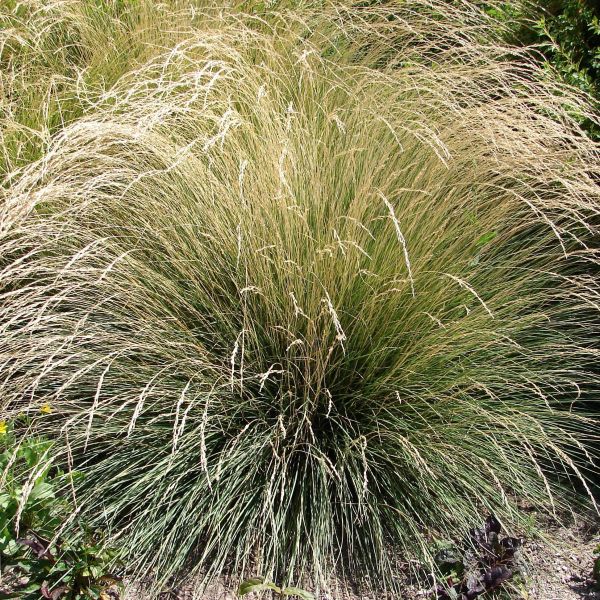
Atlas Fescue
Festuca mairei
53 reviews
Atlas Fescue
Festuca mairei
53 reviews
- Drought tolerant and requires minimal watering
- Thrives in full sun or partial shade
- Low maintenance and resistant to pests and diseases
- Recommended by landscape designers for optimal fit in real yards
$188.00
$269.00
30% Off
- Ships to in 3 to 7 days
- Free Shipping
- Plant Arrival Guarantee
- In Stock
- Free Plant Consult
$200 - Landscape-Approved: Every Plant We Sell Comes With Design Expertise Behind It
3.5 Gallon
Not just beautiful - intentionally selected by ShrubHub's 3D landscape design team to fit real-world spaces and maximize yard potential.
Why Atlas Fescue?
Atlas fescue (Festuca mairei) is an ornamental grass native to Morocco. It is well-suited for use in Mediterranean and coastal gardens due to its drought tolerance and ability to withstand salty soil conditions. This grass has a clumping growth habit and attractive blue-green foliage, making it a popular choice for border planting or erosion control.
People who loved this plant also bought
Sunlight
Atlas Fescue requires a minimum of 4-6 hours of direct sunlight per day.
Watering
Atlas Fescue generally has moderate watering needs. It prefers moist soil but can tolerate some drought conditions. It is important to water it regularly to keep the soil evenly moist but not waterlogged.
Fertilizing
The fertilizer requirement for Atlas Fescue is typically around 2 to 4 pounds of nitrogen per 1,000 square feet per year.
Atlas Fescue (Festuca mairei)
The Atlas Fescue (Festuca mairei) is a robust, ornamental grass that belongs to the Poaceae family. Also known as Maire's fescue, it is native to the Atlas Mountains in Morocco. This perennial grass is highly valued for its attractive appearance, adaptability, and low maintenance requirements.
Appearance
The Atlas Fescue forms dense clumps of fine-textured, narrow, arching foliage that can reach a height of 12-20 inches (30-50 cm). The foliage is typically gray-green to blue-green, and it retains its color throughout the year, providing visual interest even in the winter months. The grass blades are thin and have a distinctive curl to them, adding a unique charm to any landscape.
Hardiness and Adaptability
Atlas Fescue is known for its exceptional adaptability to various growing conditions. It thrives in full sun to partial shade, making it suitable for a wide range of locations in your garden. This fescue variety can tolerate heat, drought, and poor soils, including those with low fertility and alkaline pH levels. It is also highly resistant to diseases and requires minimal care once established.
Uses
Atlas Fescue is a versatile grass that can be utilized in multiple ways within your landscape. Its hardiness and ability to endure dry conditions make it ideal for erosion control on slopes or along roadsides. It is also well-suited for mass plantings in meadows, prairies, or naturalized areas where it adds texture and movement to the landscape. Alternatively, the Atlas Fescue can be used as an accent plant or as a border along walkways and garden beds, thanks to its attractive foliage.
Maintenance
Once established, the Atlas Fescue requires very little maintenance. It is a low-maintenance grass that thrives with minimal watering and doesn't require frequent mowing. In fact, it can be left untrimmed to achieve a more natural, informal appearance. Occasional removal of dead or damaged foliage is sufficient to keep the plant looking neat and tidy. As with any newly planted grass, regular watering is recommended until it establishes a strong root system.
Overall
The Atlas Fescue (Festuca mairei) is a beautiful and versatile grass that can enhance the visual appeal of any landscape. Its adaptability, low maintenance requirements, and striking appearance make it popular among gardeners and landscapers alike. Whether used for erosion control, mass plantings, or as an accent, this fescue variety is sure to add beauty and texture to your outdoor spaces.
Plant Information:
| Botanical Name: | Festuca mairei |
| USDA Zones: | 5 - 9 |
| Water: | Low Once Established |
| Exposure: | Full Sun |
| Soil Needs: | Well Drained |
| Mature Height: | 2 - 3 feet |
| Mature Spread: | 2 - 3 feet |
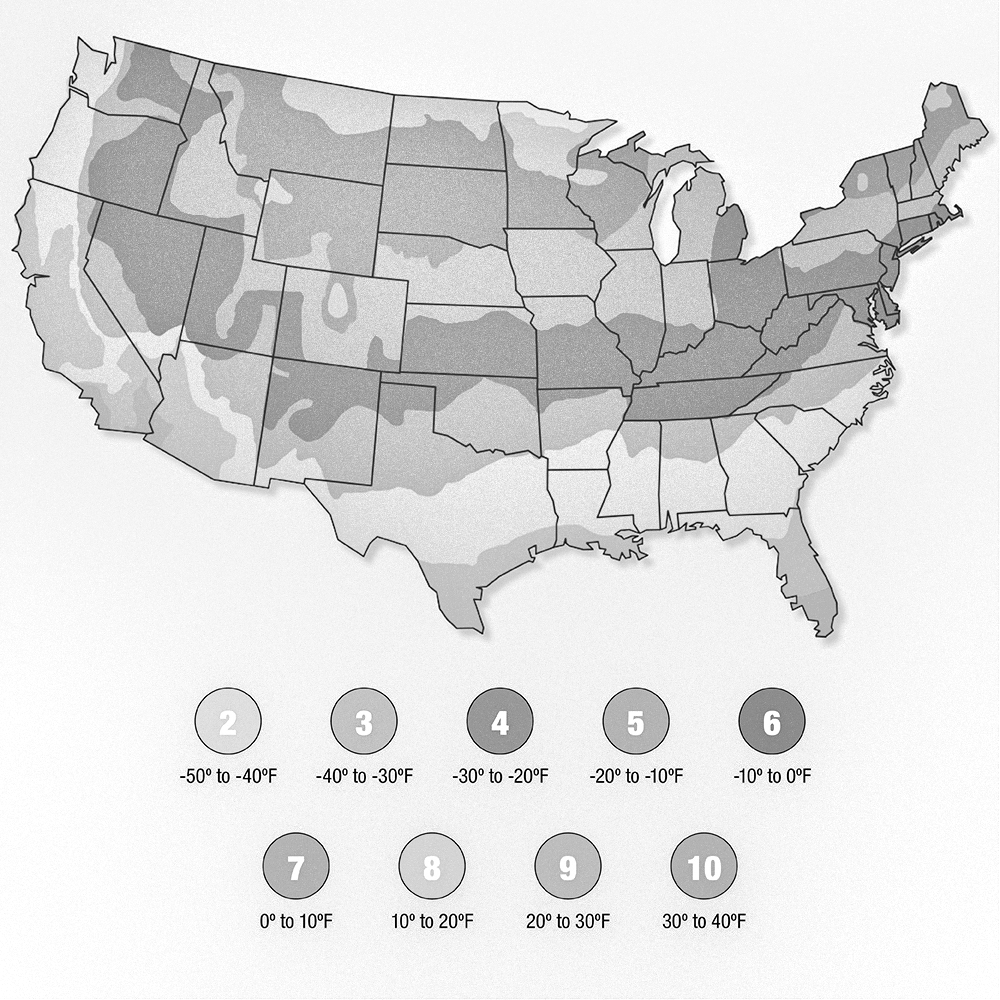
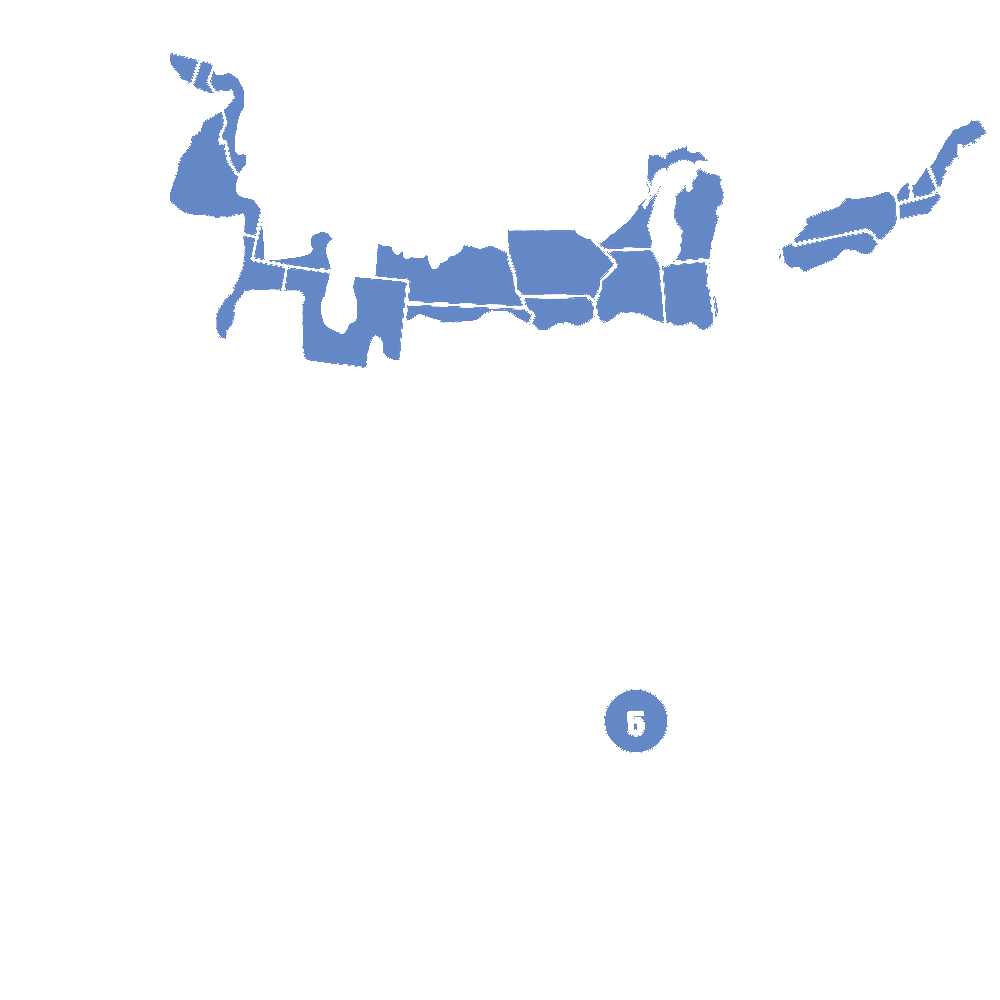
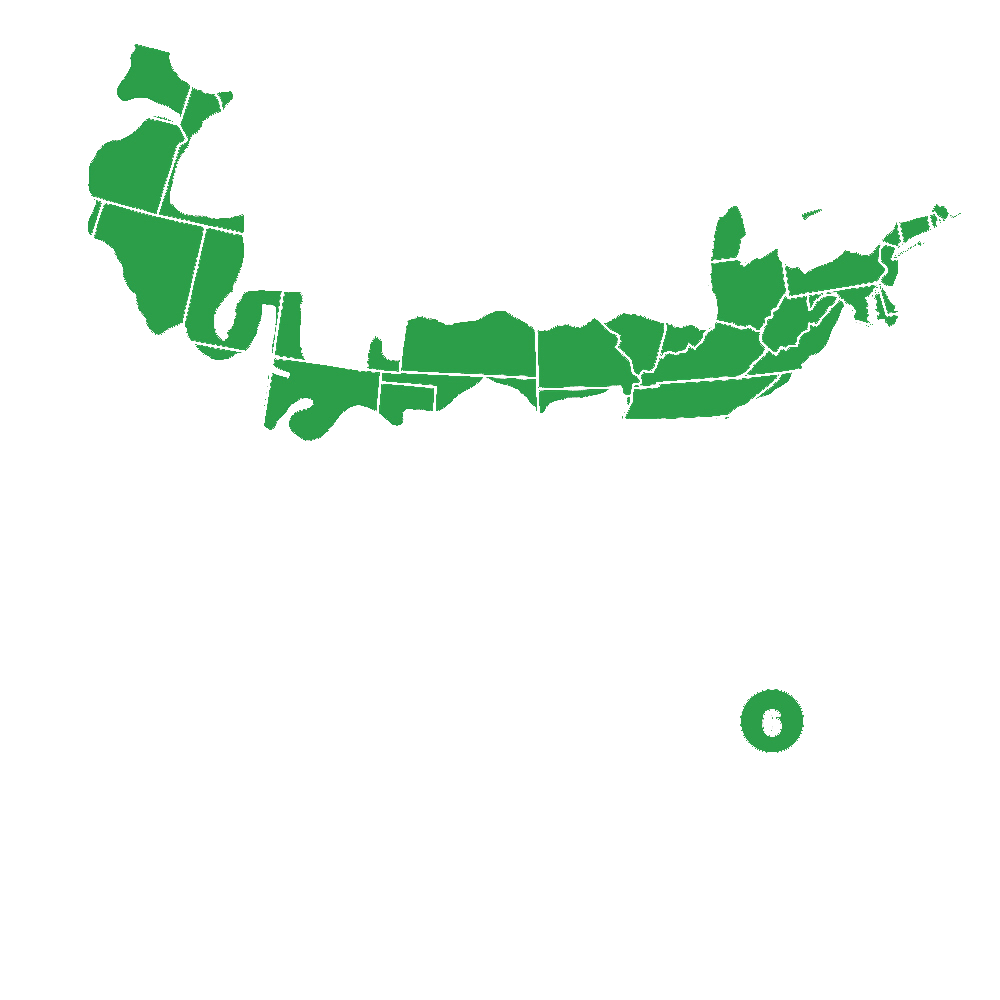
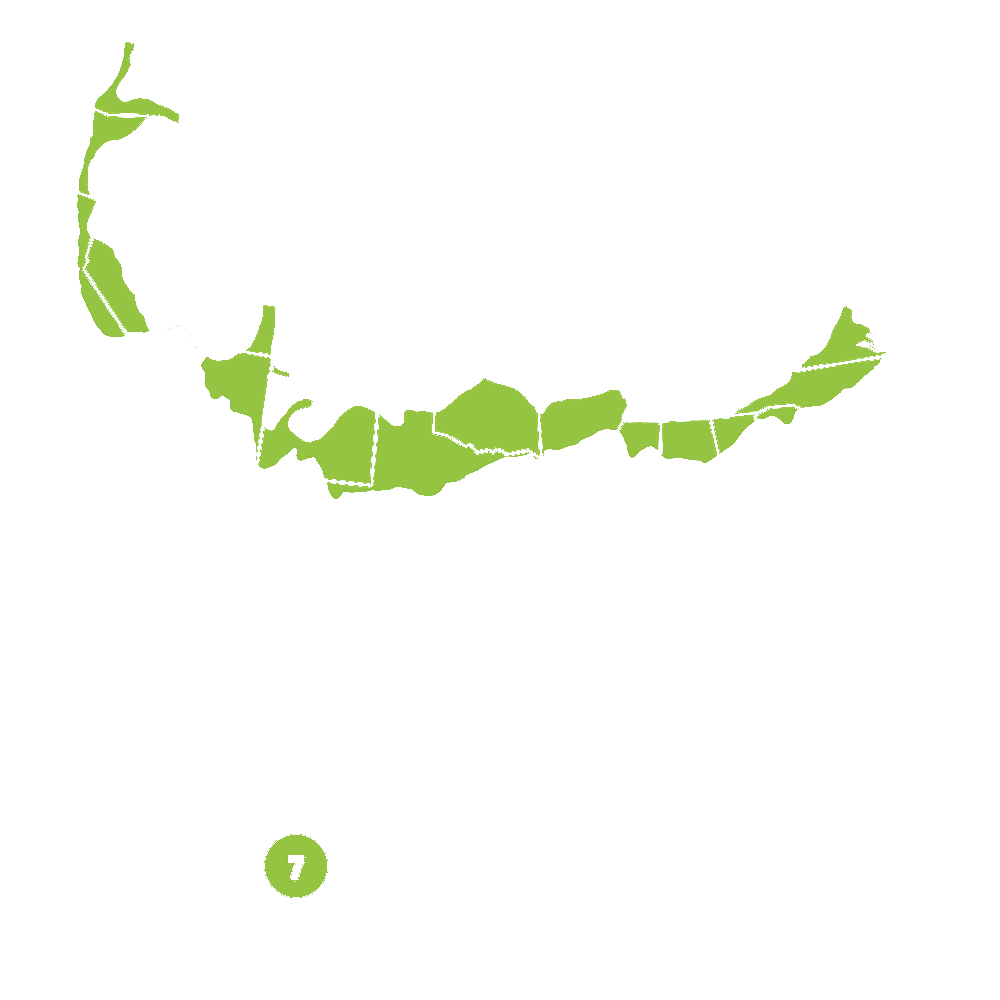
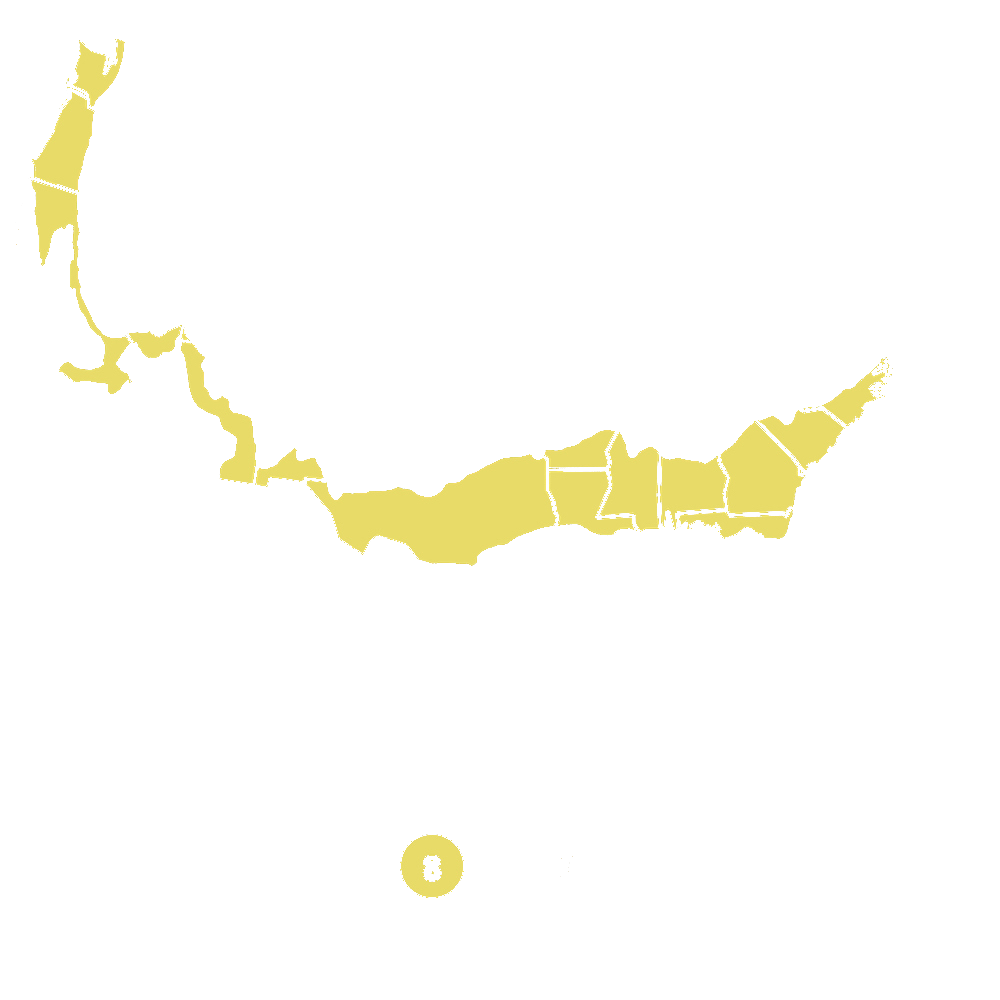
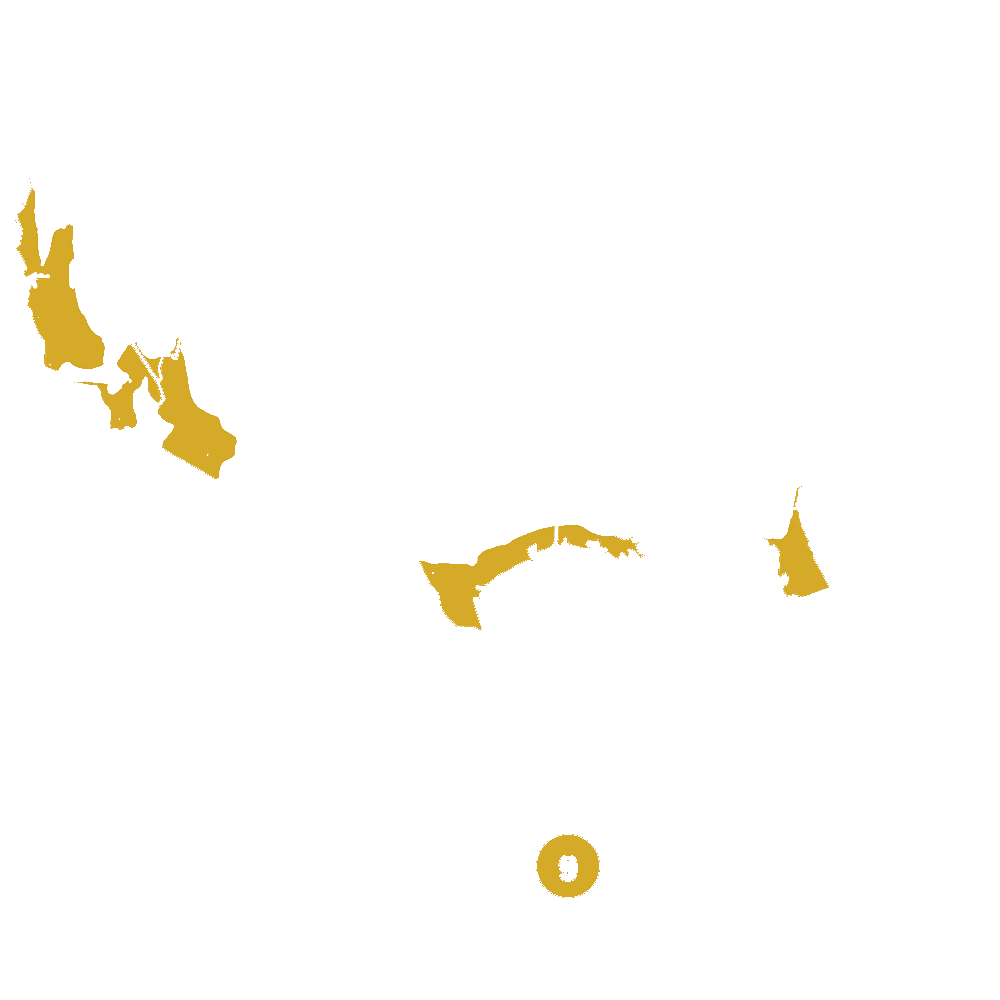
Pollination Info
Pollination Info: Atlas Fescue (Festuca mairei)
The Atlas Fescue (Festuca mairei) is primarily wind-pollinated, relying on the movement of pollen grains through the air to reach the female flowers and enable fertilization. As a grass species, it does not have showy flowers to attract pollinators like bees or butterflies. Instead, it produces inconspicuous flowers known as florets that are arranged in a dense inflorescence called a spike. These spikelets are the reproductive structures of the Atlas Fescue.
Pollination Mechanism
The pollination mechanism in Atlas Fescue involves the release and dispersal of pollen grains from the male florets located at the top of each spikelet. The florets produce anthers, the structures that contain the pollen. As wind blows through the plant, it carries the lightweight pollen grains away from the anthers and transports them to nearby female florets.
Wind Dispersal
Adapted to wind pollination, Atlas Fescue has evolved certain characteristics to enhance pollen dispersal. Its spikelets are open and loosely arranged, allowing wind to easily reach the anthers and facilitate pollen release. The anthers produce large quantities of light, dry pollen grains that are easily carried by air currents. These adaptations increase the chances of successful pollen transfer to the stigmas of female florets.
Pollination Efficiency
While wind pollination does not offer the same precision as animal pollination, Atlas Fescue is a prolific pollen producer to compensate for any limitation. The abundance of pollen grains released ensures that some will likely reach neighboring florets for fertilization. However, this method of pollination is largely reliant on favorable weather conditions (wind) during the flowering period to enable effective pollination.
Reproductive Success
The success of pollen transfer and reproductive success in Atlas Fescue relies on the proximity of male and female florets within a spikelet, as well as nearby spikelets on the same plant or nearby plants. Clustering of spikelets in inflorescences helps facilitate efficient pollination by increasing the chances of pollen grains reaching receptive female florets.
Conclusion
In summary, the Atlas Fescue (Festuca mairei) is a wind-pollinated grass species that relies on the dispersion of pollen grains by wind currents. Although wind pollination lacks the targeting accuracy of animal pollination, the plant's adaptations ensure a sufficient quantity of pollen is produced and released for successful fertilization. Observing these pollination characteristics aids in understanding the reproductive biology and ecological role of Atlas Fescue in its natural habitat.
FAQ
Atlas Fescue (Festuca mairei) FAQ
1. What is Atlas Fescue?
Atlas Fescue, scientific name Festuca mairei, is a perennial cool-season grass native to northern Africa and southern Europe. It is commonly used as an ornamental grass in landscaping projects.
2. What are the characteristics of Atlas Fescue?
Atlas Fescue has fine-textured green to blue-green foliage with a clumping growth habit. It produces dense tufts of narrow leaves with a height ranging from 12 to 24 inches.
3. What are the ideal growing conditions for Atlas Fescue?
Atlas Fescue thrives in full sun to partial shade, although it generally prefers cooler climates. It grows best in well-drained soils and tolerates a wide range of soil types, including sandy or clay soils.
4. How frequently should I water Atlas Fescue?
Atlas Fescue has moderate water needs. Water deeply but infrequently, allowing the soil to dry between waterings. Once established, it is relatively drought-tolerant.
5. How often do I need to fertilize Atlas Fescue?
Atlas Fescue typically requires fertilization once or twice a year, in early spring and/or fall. Use a slow-release fertilizer specifically formulated for ornamental grasses according to the package instructions.
6. How do I propagate Atlas Fescue?
Atlas Fescue can be propagated through division or by planting seeds. Division can be done in spring or fall by carefully digging up the clumps and separating them into smaller sections before replanting. Seeds should be sown in well-prepared soil in early spring or early fall.
7. How do I maintain the appearance of Atlas Fescue?
Regular maintenance of Atlas Fescue includes removing dead or damaged foliage throughout the year. A light trimming in early spring can also help rejuvenate the plant and promote vigorous growth.
8. Does Atlas Fescue require any special care in winter?
Atlas Fescue is generally hardy and can withstand cold temperatures. However, in regions with severe winters, it is recommended to provide a layer of mulch around the base of the plant to protect the roots from freezing.
9. Is Atlas Fescue invasive?
No, Atlas Fescue is not considered an invasive species. It is well-behaved and generally does not spread aggressively, making it a suitable choice for landscapes.
10. Can Atlas Fescue be used for erosion control?
Yes, Atlas Fescue is often utilized for erosion control purposes due to its deep root system and ability to stabilize soil on slopes and banks.
Planting & Care
Planting & Care for Atlas Fescue (Festuca mairei)
Planting
- Choose a location with full sun to light shade.
- Prepare the soil by removing any weeds and loosening it with a garden fork.
- Dig a hole slightly larger than the rootball of the plant.
- Place the Atlas Fescue plant in the hole, making sure the top of the rootball is level with the ground.
- Backfill the hole with soil, firmly pressing it around the roots to eliminate air pockets.
- Water thoroughly after planting.
Care
- Water regularly to keep the soil consistently moist but not waterlogged.
- Apply a layer of organic mulch around the base of the plant to help conserve moisture and suppress weeds.
- Fertilize in early spring with a slow-release, balanced fertilizer according to the package instructions.
- Prune any dead or damaged leaves as needed throughout the growing season.
- Divide the Atlas Fescue plant every few years to maintain its vigor and prevent overcrowding.
- Monitor for pests and diseases, and treat accordingly if necessary.
- In colder regions, protect the plant during winter by applying a layer of mulch to insulate the roots.
By following these planting and care instructions, you can ensure that your Atlas Fescue (Festuca mairei) thrives and adds beauty to your garden or landscape.
Check Out These Verified Customer Reviews:
Customer Reviews
4.7 out of 5 based on 53 reviews
Thank you! Your review has been submitted.
I love how lush and green the Atlas Fescue is. It has completely transformed my lawn.
The Atlas Fescue is thriving in my yard. It has exceeded my expectations in terms of quality.
The shipment was prompt and the packaging was secure. Very satisfied with my purchase of Atlas Fescue.
Item has been added to your cart.

